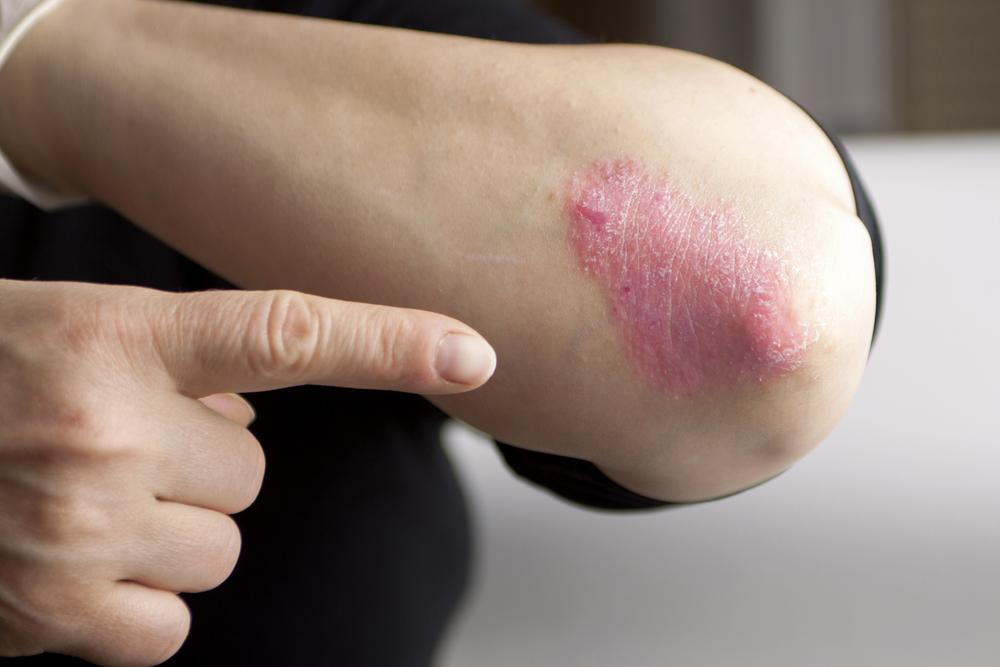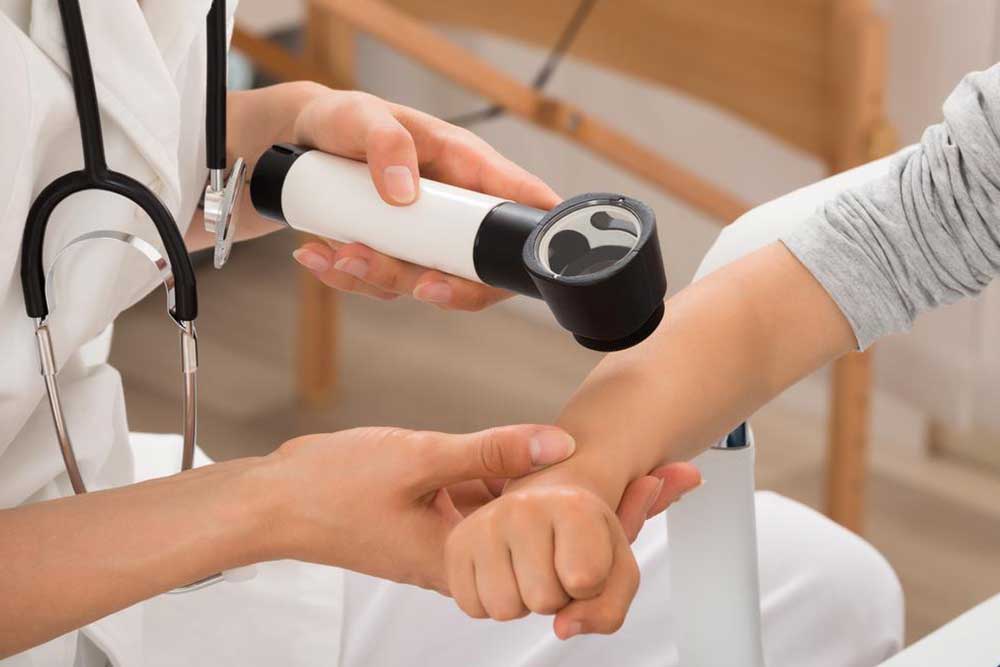In-Depth Overview of Psoriasis: Causes, Varieties, and Effective Treatments
This comprehensive article on psoriasis explores its causes, various types, and effective treatment options. It emphasizes lifestyle changes, medication strategies, and natural remedies to manage symptoms and improve life quality. Perfect for those seeking in-depth, reliable information on managing psoriasis effectively.

Complete Guide to Understanding Psoriasis
Psoriasis is a complex, chronic autoimmune skin condition that affects millions worldwide. It involves the rapid proliferation of skin cells, leading to the formation of distinctive red, scaly patches that can cause discomfort, itching, and aesthetic concerns. These patches most commonly appear on areas like elbows, knees, scalp, and face, but depending on the type, they can also develop on nails, inside the mouth, or in the genital region. Though there is presently no definitive cure for psoriasis, various treatment methods and management strategies exist that can significantly reduce symptoms, control flare-ups, and improve the overall quality of life for sufferers.
Effectively managing psoriasis requires a comprehensive approach that includes lifestyle modifications, medication adherence, and dietary adjustments aimed at minimizing triggers. The underlying causes of psoriasis are multifaceted, chiefly involving immune system dysfunction and genetic predisposition, especially among individuals with a family history of the disease. The condition manifests in several distinct forms, each with unique clinical characteristics and varying degrees of severity. Proper understanding of these types is essential for tailoring appropriate treatment plans.
Causes of Psoriasis
The exact etiology of psoriasis remains elusive, but scientific research indicates that immune system irregularities play a pivotal role. Normally, the immune system defends the body against infections and injuries, but in psoriasis, it becomes hyperactive and mistakenly targets healthy skin cells. This immune response accelerates skin cell production, leading to the buildup of thickened patches known as plaques. Additionally, genetic factors contribute substantially; having a family member with psoriasis increases one's risk. Environmental factors such as stress, infections, skin injuries, and certain medications can also act as triggers, exacerbating outbreaks or initiating new lesions.
Types of Psoriasis
Plaque Psoriasis: The most prevalent form, characterized by raised, red patches covered with a silvery-white scale. These plaques can be itchy and sometimes crack, causing discomfort and vulnerability to secondary infections. They typically appear on elbows, knees, scalp, and lower back.
Erythrodermic Psoriasis: A severe, potentially life-threatening form involving widespread redness, intense inflammation, and skin peeling. It can lead to dehydration, infection, and systemic symptoms like fever and chills. Immediate medical attention is crucial for this type.
Guttate Psoriasis: Presents as small, drop-shaped spots that often appear suddenly on the trunk, arms, or legs. This form frequently follows infections such as strep throat and can sometimes progress into larger plaques.
Pustular Psoriasis: Characterized by white pustules (blister-like formations filled with pus) on red, inflamed skin. This type can be accompanied by systemic symptoms including fever, fatigue, and malaise.
Inverse Psoriasis: Manifests as smooth, shiny, red patches in skin folds like the armpits, groin, under breasts, or around the genitals. It often causes significant discomfort due to persistent moisture and friction.
Psoriatic Arthritis: A degenerative joint condition that occurs alongside skin symptoms. It can lead to joint pain, swelling, and deformity if left untreated, typically with skin issues preceding joint symptoms.
Strategies for Treatment and Management
Treating psoriasis involves a combination of topical therapies, systemic medications, phototherapy, and lifestyle adjustments. The choice of treatment depends on the type, severity, location of lesions, and individual patient factors. For mild cases, topical treatments such as corticosteroid creams, vitamin D analogs (like calcipotriol), moisturizers, and coal tar preparations are often effective in reducing inflammation and scaling. For moderate to severe psoriasis, systemic medications—including biologic agents that target specific immune pathways—are prescribed, often requiring close monitoring by healthcare professionals.
Phototherapy, involving controlled exposure to ultraviolet light, can help diminish symptoms and slow skin cell growth, but it should only be administered under supervision to avoid adverse effects. Recent advances have introduced biologics and newer systemic agents with improved efficacy and safety profiles.
Natural remedies can also play a role in symptom relief. For example, Epsom salt baths help soothe inflamed skin, while topical applications of aloe vera gel, diluted apple cider vinegar, and turmeric may alleviate itching and scaling. Dietary modifications are equally important; increasing intake of omega-3 fatty acids found in fatty fish like salmon, mackerel, and sardines, as well as consuming leafy greens and berries, can help reduce systemic inflammation.
Avoiding triggers such as alcohol consumption, smoking, stress, and certain medications can significantly lessen the frequency and severity of flare-ups. Adopting a gentle skincare routine, avoiding harsh soaps and irritants, and maintaining skin hydration are essential components of management. Consulting healthcare providers or dermatologists for personalized treatment plans is highly recommended to ensure optimal outcomes and safe use of medications.
Disclaimer: The information provided above is intended for educational purposes only. For diagnosis, personalized treatment, and medical advice, please consult a healthcare professional or dermatologist experienced in treating psoriasis.





